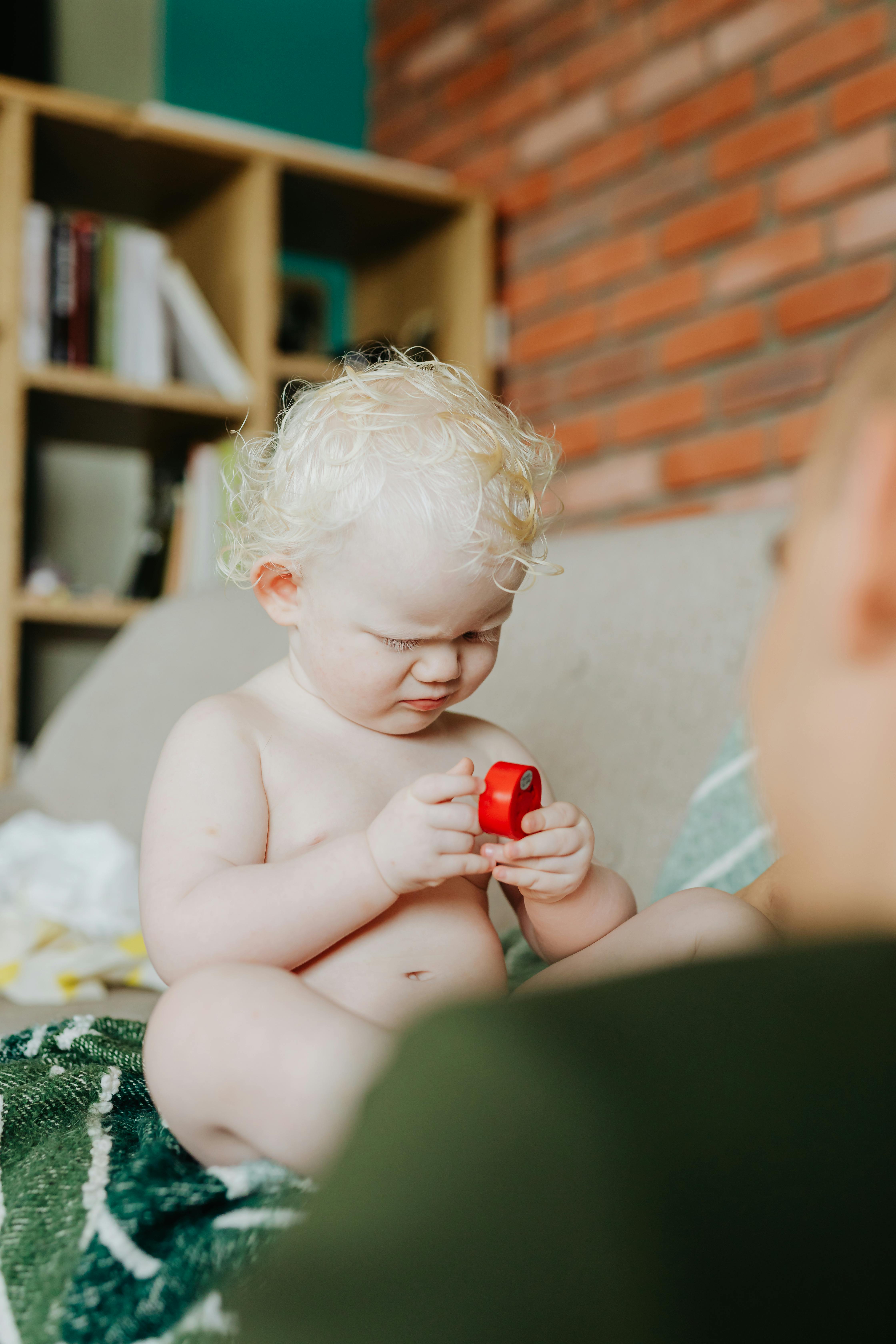Best 7 Ways to Optimize Your African Dwarf Frog Tank for Success in 2025

Smart Guide to Setting Up Your African Dwarf Frog Tank for Optimal Health in 2025
Setting up the perfect african dwarf frog tank is essential for maintaining the well-being and vitality of these charming amphibians. Known for their delightful nature, african dwarf frogs make excellent pets for both beginners and seasoned aquarists alike. This guide will delve into the various aspects of creating a healthy habitat for your frogs, from understanding their specific needs to ensuring optimal water quality. We’ll cover essential components like tank size, suitable tank mates, and aquatic plants that can enhance their environment.
As we explore african dwarf frog care, you'll discover the importance of maintaining a stable temperature, water quality, and providing adequate filtration. It’s equally crucial to learn about their diet and feeding schedules, which are vital for their overall health. Through this guide, we will also touch upon various tank decorations that not only enhance aesthetics but also contribute to the frogs' psychological well-being.
Finally, we'll discuss potential health issues you might encounter and share expert tips on maintaining your tank efficiently. With this roadmap, you'll be well-equipped to create an african dwarf frog habitat that meets all their needs. Let’s dive in!
Essential Guidelines for Setting Up Your African Dwarf Frog Tank
Choosing the Right Tank Size
When selecting a tank for your african dwarf frogs, size matters immensely. Ideally, you want a tank that holds at least 10 gallons of water for a small group of two to four frogs. A larger tank not only provides adequate swimming space but also maintains stable water parameters. Natural swimming space is vital for their daily activities. Overcrowding can lead to stress and health problems.
A standard 10-gallon aquarium is often the minimum recommended size, allowing enough room for your frogs to explore and grow. Remember, african dwarf frog size varies, with adults reaching about 2 to 3 inches. Adequate space will help in reducing territorial disputes, ensuring a peaceful coexistence.
Understanding Tank Cycling and Water Conditions
Before introducing your frogs to their new home, it's crucial to cycle the tank. Cycling involves establishing beneficial bacteria that break down toxic waste products in the aquarium. This process can take 4-6 weeks but is essential for the health of your african dwarf frogs. Monitor your water parameters, aiming for a pH between 6.5 to 7.5 for optimal health.
Maintaining stable water temperature between 72°F and 78°F is equally important. Changes in temperature can stress the frogs, leading to health issues. Use reliable thermometers and heaters to keep the environment consistent.
Setting Up Tank Filtration
Filtration systems are essential for maintaining clean water in your african dwarf frog tank. A filtered tank reduces ammonia and nitrate levels, creating a healthier environment. Look for sponge filters or gentle external filters that do not create strong currents, as african dwarf frogs prefer calm waters.
Regularly clean the filter and perform water changes to keep the system running efficiently. Remember to replace filter media as needed, ensuring that beneficial bacteria are not lost in the process.
Creating an Optimal Environment for African Dwarf Frogs
Decorations and Substrate Selection
Choosing safe tank decorations is vital for your frogs' well-being. Include rocks, driftwood, and commercial hideouts where they can feel secure. Smooth, rounded edges prevent potential injuries. When selecting substrate, opt for fine gravel or sand as these materials do not pose a choking hazard and allow frogs to burrow if they desire.
Decorations also provide territories and a sense of exploration, making the habitat more stimulating. They often play a crucial role in the social behavior of african dwarf frogs, providing them with a sense of territorial space.
Importance of Aquatic Plants
Aquatic plants are not only aesthetically pleasing but also serve numerous purposes in an african dwarf frog ecosystem. They provide hiding spots, breeding grounds, and contribute to water quality by absorbing harmful nitrates. Look for fast-growing species such as Java Fern, Anubias, and Hornwort. These plants thrive in low-light conditions and are pretty hardy, making them ideal companions in your frogs' tank.
Moreover, plants aid in maintaining light and oxygen balance, which is critical for both frogs and beneficial bacteria in the aquarium.
Proper Lighting for Your Frog Tank
Lighting is another essential factor to consider in your african dwarf frog habitat. Use soft, diffused light that mimics natural daylight, like LED fixtures designed for aquariums. Avoid intense lighting that could disturb the frogs or encourage algae growth. Aim for around 8-10 hours of light each day to mimic natural day/night cycles.
Additionally, be cautious about the location of the tank to ensure it does not receive direct sunlight, which can lead to temperature spikes and excessive algae growth, jeopardizing both the water quality and the health of your frogs.
Understanding the Dietary Needs of African Dwarf Frogs
Feeding Schedule and Appropriate Diet
Feeding african dwarf frogs a balanced diet is crucial for their health and longevity. Their diet mainly consists of high-quality pellets designed for frogs, as well as frozen or live food such as blackworms, brine shrimp, and daphnia. Aim for a feeding schedule of 2-3 times a week, ensuring to remove uneaten food after an hour to maintain water quality.
Regularly switching their diet can help prevent malnutrition and keep them engaged. Providing a variety of foods encourages natural foraging behaviors and enriches their environment.
Common Mistakes in Feeding African Dwarf Frogs
One common mistake among beginners is overfeeding their frogs. Only offer what they can consume within a few minutes, and avoid high-fat foods to prevent obesity. Additionally, refrain from feeding them fish flakes or pellets unless specifically marked as safe for frogs; these can lead to health complications.
Watch for signs of discomfort or illness, such as lethargy or irregular swelling, which can indicate dietary imbalances.
Breeding and Caring for Young Frogs
Breeding african dwarf frogs can be an exhilarating experience. To encourage breeding, it's crucial to ensure optimal tank conditions, including stable temperatures and appropriate filtration. You'll need to raise the water level slightly during breeding. After successful breeding, you should provide ample hiding spaces for the developing tadpoles.
It’s important to separate babies from adults to prevent predation. As they grow, gradually introduce them to the main tank under controlled conditions to familiarize them with their new environment.
Maintaining a Thriving African Dwarf Frog Tank
Regular Tank Maintenance Practices
Maintenance routines play a vital role in keeping your african dwarf frog tank healthy. Perform weekly water tests to monitor pH, nitrates, ammonia, and chlorine levels. Regular partial water changes of 20-30% can significantly improve water quality and overall tank health.
Keep an eye on algae growth, removing it with appropriate cleaning tools or organisms that feed on it. If you notice any spikes in nitrate or ammonia, promptly address the cause to prevent health issues.
Monitoring Health and Behavior
Regularly observe your frogs for any signs of distress or illness. Look for unique behavioral traits or deviations from their norm, as behavioral changes can be the first indicators of health issues. Inspect for physical symptoms such as lesions, swollen bodies, or awkward movements.
If health issues arise, it may require isolation and specialized care to prevent the spread of disease within the tank. Consulting with a veterinarian specialized in aquatic animals can provide further insights on proper care.
Understanding Common Health Issues
Health concerns can arise in african dwarf frogs due to poor tank conditions or stress. Common diseases include skin infections, parasites, and bloat. Monitoring water quality and keeping the tank clean can significantly reduce the risks of these conditions. Quarantine new additions to ensure they don’t introduce diseases to your established population.
Education on the common ailments will prepare you for potential issues, enabling timely interventions and treatments.
Conclusion: Creating a Sustainable Habitat for Your African Dwarf Frogs
By carefully setting up and maintaining your african dwarf frog tank, you're not only providing a safe and healthy environment for your frogs but also contributing to their happiness and longevity. Remember to prioritize water quality, appropriate tank size, and a balanced diet while taking into consideration their unique social behaviors.

Being an informed caretaker will drastically enhance your experience and the frogs' quality of life. Additionally, fostering a thriving ecosystem with suitable tank mates and plant life will enrich your frogs’ environment, making it just like their natural habitat.

For further insights on related topics, explore our articles on African Dwarf Frogs Care and Aquarium Plants for Your Dwarf Frogs. Taking these steps will ensure your frogs thrive, making your experience as a pet owner fulfilling and enjoyable.